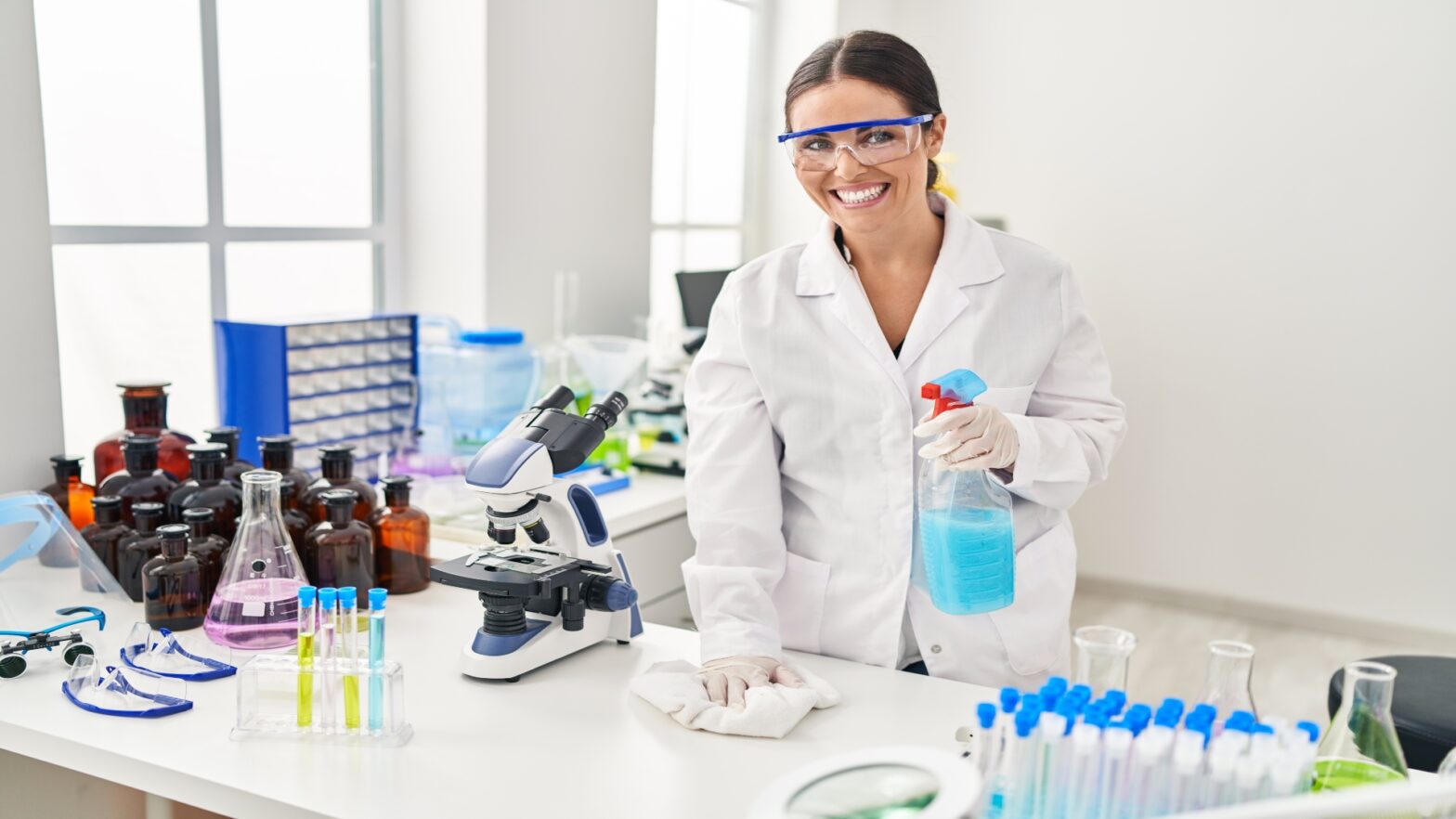In the world of scientific research and experimentation, a clean laboratory is not just a matter of aesthetics—it’s a crucial aspect of safety, accuracy, and efficiency. Whether you’re a seasoned researcher or a novice lab technician, mastering the art of effective laboratory cleanup is essential. Let’s dive into ten game-changing tips that will transform your lab from chaotic to pristine, all while keeping you safe and your experiments on track.
1. Plan Ahead
Imagine trying to clean up a tornado-ravaged room without a plan. Sounds overwhelming, right? The same goes for lab cleanup. Planning ahead is your secret weapon against chaos. Set up a regular cleaning schedule and clearly assign responsibilities to team members. This isn’t just about deciding who scrubs what; it’s about creating a culture of cleanliness.
During the planning stage, you can also determine whether you’ll take the DIY route or hire biohazard cleaning experts, like Bio Recovery, to do the laboratory cleaning for you. You might choose the latter, especially if you are handling hazardous substances in your laboratory.
2. Gear Up
Before you even think about tackling that mysterious spill or dusty equipment, make sure you’re properly armored. Personal Protective Equipment (PPE) isn’t just for experiments—it’s your best friend during cleanup, too. Gloves, goggles, and lab coats aren’t fashion statements; they’re your first line of defense against chemical splashes, biological contaminants, and other lurking hazards.
3. Proper Disposal
In a lab, not all trash is created equal. That innocuous-looking liquid could be a hazardous waste in disguise. Familiarize yourself with the proper disposal methods for different types of lab waste. Color-coded bins, clearly labeled containers, and regularly updated disposal guidelines are your allies in this battle. Create a ‘waste disposal cheat sheet’ and post it prominently in the lab. It could save you from a hazardous mistake when you’re in a hurry.
4. Thorough Disinfection
A visually clean surface can still be a microbial playground. That’s why thorough disinfection is crucial. Choose the right disinfectant for your lab’s needs and make sure you’re using it correctly. Remember, contact time matters—that disinfectant needs to sit on the surface long enough to do its job. Don’t forget often-overlooked surfaces like light switches, doorknobs, and equipment handles. Some instruments also need to be sterilized, so you must add that to your checklist.
5. Be Organized
An organized lab is a happy lab. It’s also a safer and more efficient one. Develop a logical system for storing equipment and materials. This isn’t just about tidiness—it’s about creating a workflow that makes sense. When everything has a designated spot, you’ll spend less time searching and more time sciencing.
6. Clear and Accurate Labeling
In a lab, a mysterious unlabeled container is about as welcome as a bull in a china shop. Clear, accurate labeling is non-negotiable. It prevents mix-ups, saves time, and can literally be a lifesaver in emergency situations. Invest in a good label maker and use it religiously. Include dates on your labels, especially for solutions and samples. It’ll help you keep track of expiration dates and experiment timelines.
7. Regular Equipment Checks
Your safety equipment is only as good as its maintenance. Regular inspections of eyewash stations, safety showers, fire extinguishers, and first aid kits are crucial. Don’t wait for an emergency to discover that your safety gear isn’t up to snuff.
8. Keeping Floors Hazard-Free
In a busy lab, it’s easy for floors to become obstacle courses. Spills, discarded gloves, or misplaced equipment can quickly turn into trip hazards. Make floor cleanliness a priority. Regular sweeping, mopping, and immediate attention to spills can prevent accidents and create a more pleasant work environment.
9. Handle with Care
Properly cleaned and stored glassware isn’t just about preventing contamination—it’s about extending the life of your lab equipment. Develop a systematic approach to cleaning different types of glassware, paying attention to specific cleaning requirements for sensitive equipment.
10. Paper Trail
Last but not least, document your cleanup procedures. It might seem like extra work, but good record-keeping is invaluable. It ensures consistency, helps track recurring issues, and can be crucial for regulatory compliance. Plus, it’s a great training tool for new lab members.
Final Thoughts
Effective laboratory cleanup is more than just a chore—it’s an integral part of good scientific practice. By implementing these tips, you’re not just creating a cleaner workspace; you’re fostering a culture of safety, efficiency, and respect for your work environment. Remember, a well-maintained lab is the foundation for groundbreaking discoveries. So roll up those sleeves, put on those gloves, and let’s make your lab shine!




















